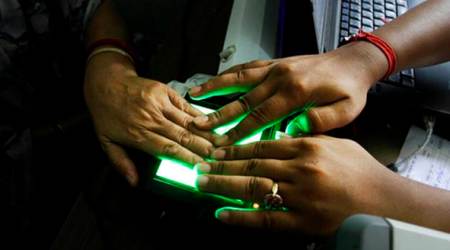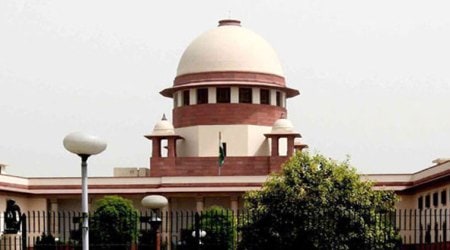 The observations on privacy did not really amount to a categorical ruling that there was no right to privacy.
The observations on privacy did not really amount to a categorical ruling that there was no right to privacy.
Thursday morning, a bench of nine judges delivered a landmark 550-page ruling that will have far-reaching consequences for many decades to come. Although six judges delivered separate judgments, it was unanimously held that the right to privacy is protected as an “intrinsic part of the right to life and right to personal liberty under Article 21” and also as a part of the other freedoms guaranteed in the chapter of fundamental rights.
This unanimous verdict has rejected the claim of the Union of India that the citizens of India did not have a fundamental right to privacy and that there was, at best, a common law right. This startling claim was based on two judgments of the Supreme Court, one in 1954 by an eight-judge bench and the other, in 1962, by a six-judge bench.
In 1954, various offices of the Dalmia group were searched and this was claimed to be unconstitutional. While disposing this untenable plea, the Supreme Court made a passing observation that the Indian Constitution did not provide for a fundamental right to privacy, analogous to the Fourth Amendment to the US Constitution.
This amendment, made in 1789, prohibited unauthorised searches of a person’s home. The observations on privacy did not really amount to a categorical ruling that there was no right to privacy. Since this was a decision of eight judges, a bench of nine judges had to be set up to decide the question of whether the right to privacy was indeed a fundamental right.
In 1962, a six-judge bench of the Supreme Court had to consider the validity of certain rules of Uttar Pradesh, which permitted the police to undertake picketing, surveillance, maintain records of the movement of history-sheeters and make “domiciliary visits at night”. The Supreme Court upheld these powers except the last one: Such nightly visits were held to be constitutionally impermissible. This judgment also contained a observation that there was no fundamental right to privacy. But this was not the issue before the Supreme Court. Mercifully, both these judgments have now been expressly overruled Thursday by the nine-judge bench.
In 1975, Justice K.K. Mathew made important observations on the right to privacy after noting the rapid expansion of the scope of the right to privacy by the US Supreme Court. In 1928, the US Supreme Court had held that wire-tapping of phones was permissible because this did not amount to an unlawful search of a person’s “home”. In this judgment, the court restricted privacy to the physical level — the home of a person. In a powerful dissent, Justice Brandeis ruled that privacy was much more that just ruling that a man’s home is his castle. With technological advances, the right to privacy would expand. The right to privacy, he famously held, was the right to be left alone.
The contours of the right to privacy rapidly expanded in the United States. Laws relating to the sale of condoms to married and unmarried couples were struck down as violating the right to privacy, protecting not only what happens in a bedroom but also decisional autonomy — an individual’s right to procreation. In 1973 came the classic judgment of Roe v. Wade, which dealt with the controversial issue of abortion. Later decisions struck down laws that permitted compulsory sterilisation of criminals and which punished reading pornographic literature in the privacy of men’s home.
Justice Mathew noticed this vastly expanded scope of the right to privacy and noted that the founders of the Constitution wanted to ensure conditions favourable to the pursuit of happiness. He rightly held that the right to privacy could be curtailed only when there was “compelling State interest”.
Over the last 40 years, the Supreme Court has repeatedly protected citizens against unwarranted intrusion into his right to privacy. For example, the compulsory injection of truth serum, as a part of narco-analysis, was struck down by a bench of five judges. At the same time, the communication of the HIV positive state of a person to his fiancée was held to be valid: His right to privacy did not mean that he could endanger the life of his future wife.
Indeed, there are more than 25 judgments that have examined laws that violated the right to privacy. In this background, it was indeed strange that the Union of India should seriously argue that there was no fundamental right to privacy.
The right to privacy broadly encompasses physical privacy, informational privacy and decisional autonomy. The interplay of technological advances and the right to privacy in the digital age needs to be closely scrutinised. The nine-judge bench has rightly emphasised the need for data protection laws — a task now entrusted, at a preliminary stage, to the Justice Srikrishna Committee.
What the future holds for us, we know not. But, irrespective of any technological changes, the respect of the right of individuals to make a choice of how and where they want to live, work and pursue their individual dreams must be protected. Nine judges of the Supreme Court have protected, for decades to come, the most important right emphasised by Justice Brandeis: The right to be left alone.

